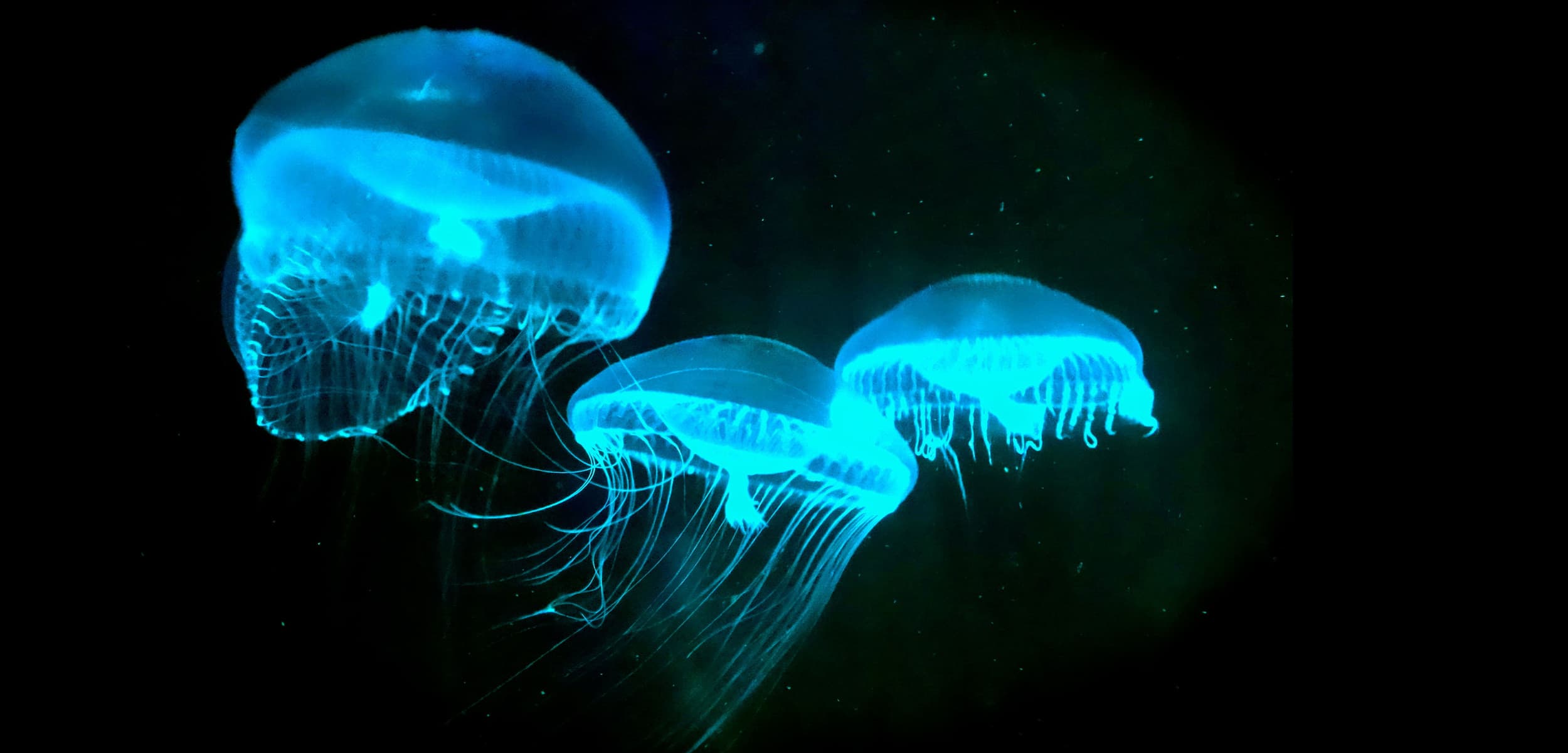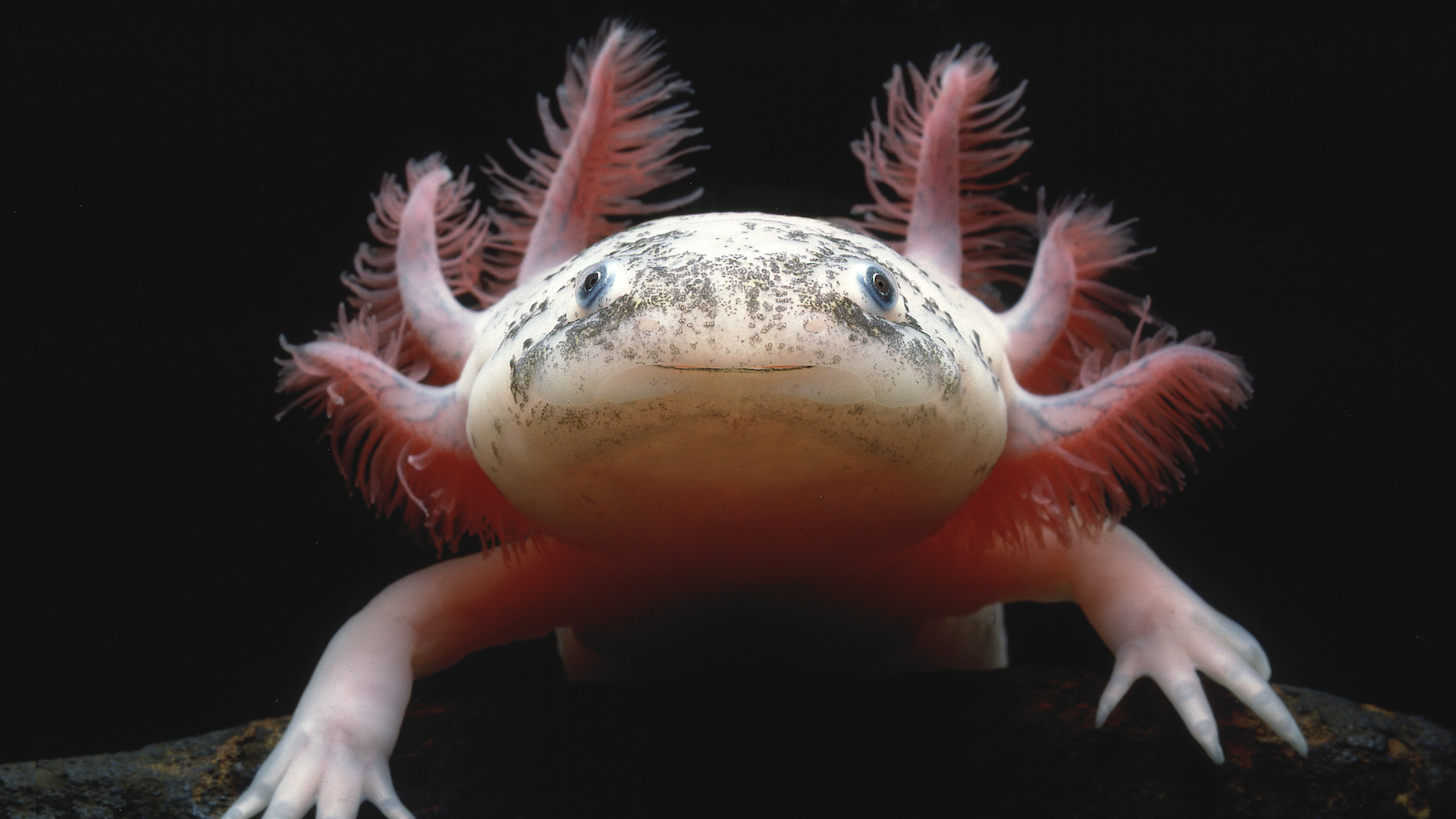
The Enigmatic Deep-Sea Ecosystem
The deep-sea, often referred to as the "midnight zone," starts at around 200 meters below the ocean's surface and extends to the abyssal plains, thousands of meters deep...
Bioluminescence: Nature's Light Show in the Abyss
One of the most captivating features of deep-sea life is bioluminescence – the ability of organisms to produce light through chemical reactions...
The Firefly Squid's Dance:
One iconic example of deep-sea bioluminescence is the firefly squid. Found off the coast of Japan, these tiny cephalopods use bioluminescent organs along their bodies to create stunning displays. During the mating season, these squids rise to the surface at night, turning the ocean into a sparkling celestial landscape as they perform their enchanting light dance.
The Illuminated Depths:
Bioluminescence isn't limited to specific species; it's a widespread phenomenon in the deep-sea. Many organisms, including certain species of fish, jellyfish, and even some sharks, have evolved the ability to produce light. This adaptation not only helps them navigate the darkness but also plays a crucial role in interactions with other species in their environment.
Bioluminescence in Scientific Research
Beyond its aesthetic allure, bioluminescence has become a valuable tool in scientific research. The study of bioluminescent organisms has led to groundbreaking discoveries and applications across various fields.
Medical Imaging Techniques:
Bioluminescent proteins from deep-sea organisms, such as the green fluorescent protein (GFP) found in certain jellyfish, have been harnessed for medical imaging purposes. Scientists use these proteins to track and visualize cellular processes within living organisms, providing invaluable insights into diseases and potential treatments.
Environmental Monitoring:
Bioluminescent organisms also serve as indicators of environmental changes in the ocean. Monitoring the presence and behavior of bioluminescent species helps scientists assess the health of deep-sea ecosystems and understand the impact of factors like climate change and pollution on these delicate environments.
The Future of Deep-Sea Exploration
Despite the advancements in deep-sea research, much of the ocean's depths remain unexplored and mysterious. The development of new technologies, including remotely operated vehicles (ROVs) and autonomous underwater vehicles (AUVs), continues to push the boundaries of our understanding. These tools enable scientists to reach greater depths and document the diversity of life that thrives in the darkness below.
White Holes Unveiled: Navigating the Cosmic Mysteries Beyond Black

Unlocking Nature's Healing Secrets: The Extraordinary Regeneration of Axolotls

Beyond the Horizon: The Mysteries of Deep Sea Life and Bioluminescence

The Marvelous World of Migration: Nature's Great Journeys

The Buzz About Bees: Nature's Essential Pollinators
